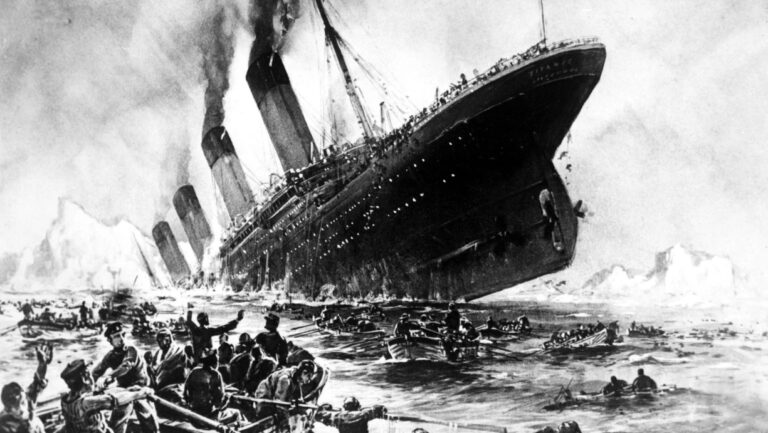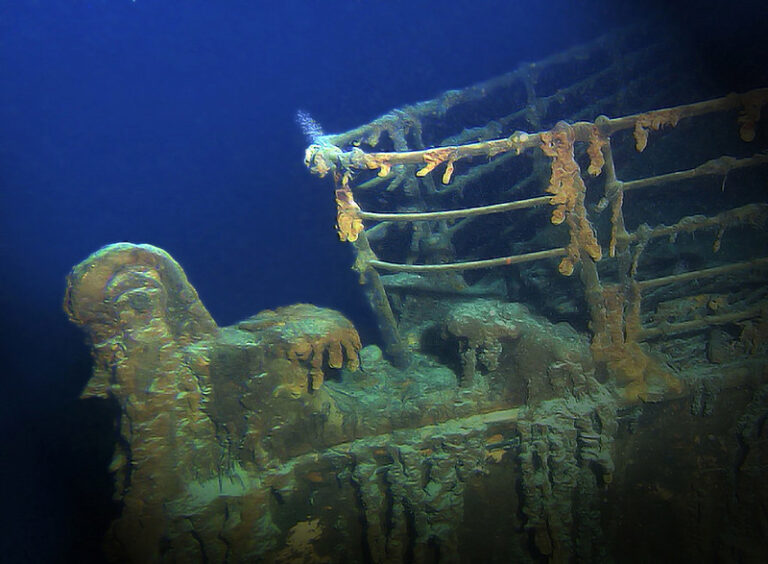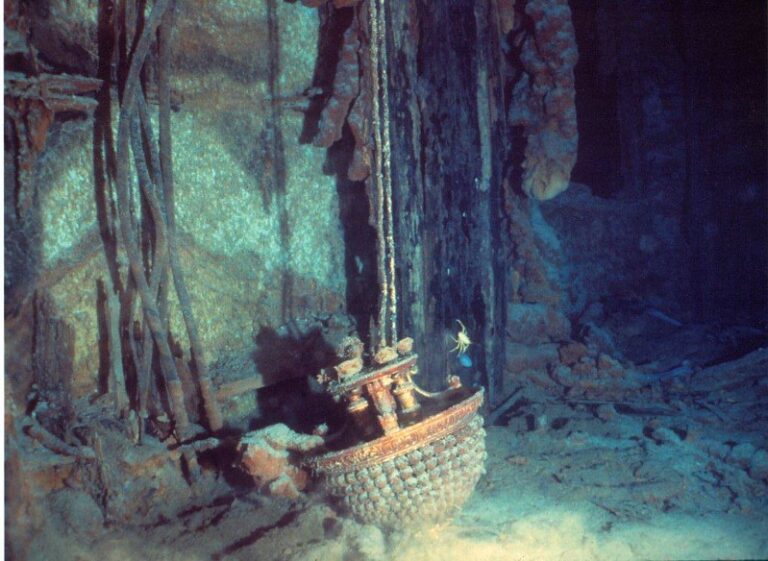The mystery of the Titanic’s missing bodies — Why so few remains were found
Scientists explain why the deep-sea site of the Titanic holds no visible human bones after more than a century.
More than 1,500 people perished when the RMS Titanic sank in 1912, yet only a fraction of the bodies were ever recovered. Scientists believe the extreme ocean depths hold the answer to this eerie mystery.
The sinking of the RMS Titanic on April 15, 1912, remains one of history’s deadliest maritime tragedies. The ship, which was deemed “unsinkable,” struck an iceberg on its maiden voyage from Southampton to New York. More than 1,500 passengers and crew lost their lives in the freezing Atlantic waters.
Despite this massive loss of life, there has long been a puzzling question: Why were so few bodies found, even though many victims perished in the ocean?

Finding the Titanic’s wreckage
For decades, the exact location of the Titanic’s wreckage remained a mystery. It wasn’t until September 1, 1985, that oceanographer Robert Ballard and his team discovered the remains of the ship more than 12,000 feet beneath the Atlantic Ocean, about 400 miles off the coast of Newfoundland, Canada.
Using an innovative technique of following debris scattered along the ocean floor, Ballard was able to pinpoint the wreckage, revealing that the ship had split in two upon sinking. Surrounding the ship was a vast debris field filled with furniture, dinnerware, and personal belongings of those who had perished.
However, one thing was notably missing—human remains.
Where did all the bodies go?
The absence of human remains has long puzzled experts. While shoes, boots, and clothing have been found among the wreckage, very few human bones have been recovered. James Cameron, the director of Titanic and an experienced deep-sea explorer, has visited the site 33 times but has never seen human remains.
“We’ve seen clothing. We’ve seen pairs of shoes, which would strongly suggest there was a body there at one point. But we’ve never seen any human remains,” Cameron told The New York Times in 2012.
So, what happened to the bodies?

The role of deep-sea conditions
Scientists believe the extreme conditions at the Titanic’s depth are responsible for the disappearance of human remains.
- Marine life consumption – At depths of over 12,000 feet, the ocean is home to scavengers such as deep-sea crabs, fish, and bacteria that quickly consume any organic material, including human remains.
- Bone dissolution – The deep ocean is under-saturated in calcium carbonate, the main component of bones. Over time, exposed bones dissolve in the seawater, leaving nothing behind.
Robert Ballard explained this process in an interview with NPR:
“At depths below about 3,000 feet, you pass below what’s called the calcium carbonate compensation depth. The water in the deep sea is under-saturated in calcium carbonate, so once the critters eat the flesh and expose the bones, the bones dissolve.”
This explains why personal items like shoes and boots remain—they are made of materials that do not break down as easily as bones.

The eerie reality
For many, the disappearance of Titanic’s victims is a haunting thought. Some find it chilling to imagine that thousands of people simply vanished into the depths, leaving behind only scattered belongings. Others see a strange kind of peace in the idea that nature reclaimed the bodies over time.
One online commenter summed up this perspective:
“The only comfort is that those victims were given back to nature the only way Mother Nature knows how.”
The Titanic’s slow decay
Since its discovery, the Titanic has been visited by numerous expeditions, and artifacts recovered from the site have been displayed in museums. However, the ship itself is rapidly deteriorating.
A type of bacteria that feeds on iron has been slowly eating away at the Titanic’s structure, and experts predict that within 50 years, the wreck may completely collapse, leaving behind only rust and scattered debris.
Read also:
A modern tragedy at the Titanic wreck site
In 2023, the Titanic became the setting for another tragedy when the Titan submersible, operated by OceanGate, imploded while attempting to reach the wreckage. All five passengers aboard, including OceanGate CEO Stockton Rush and Titanic expert Paul-Henri Nargeolet, lost their lives.
The Titanic’s story remains a powerful reminder of the forces of nature and the fragility of human life. Though the ship may one day disappear entirely, its legacy—and the mystery of its missing passengers—will never be forgotten.





